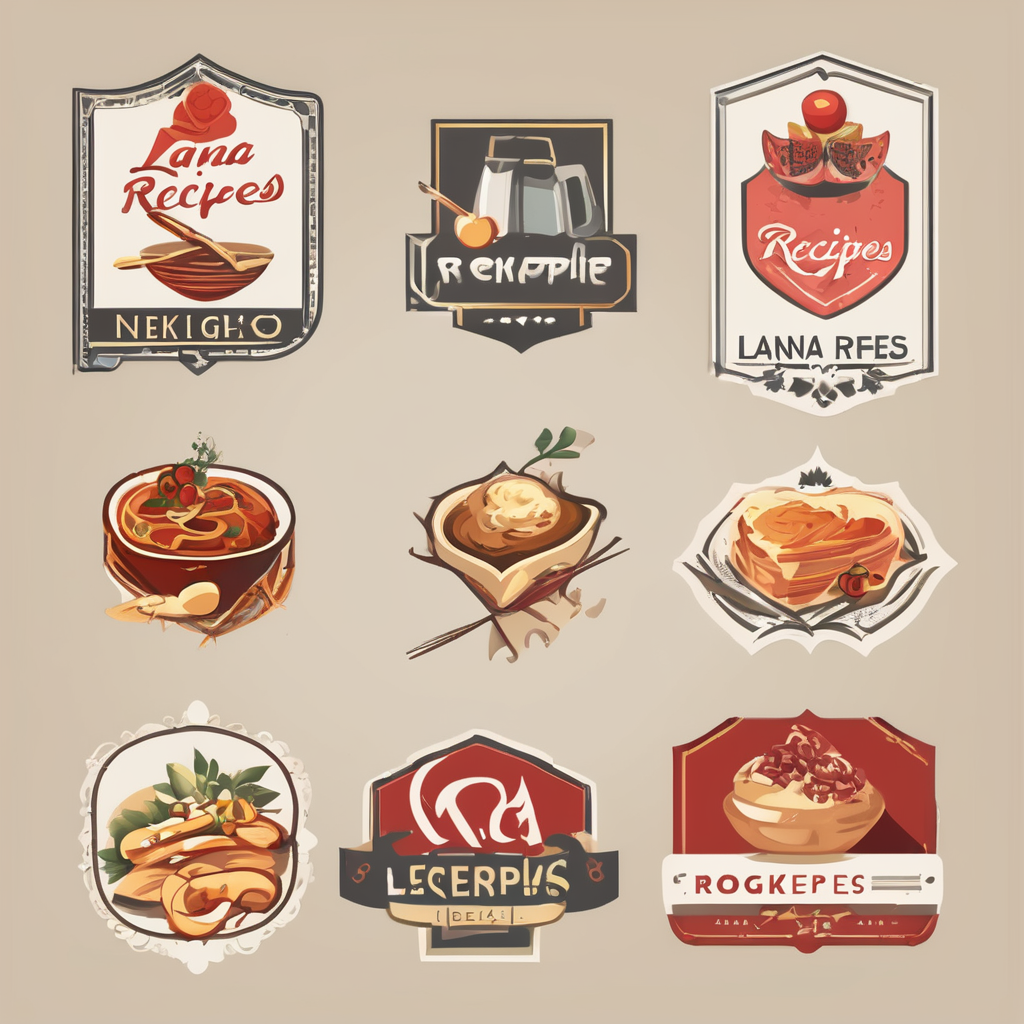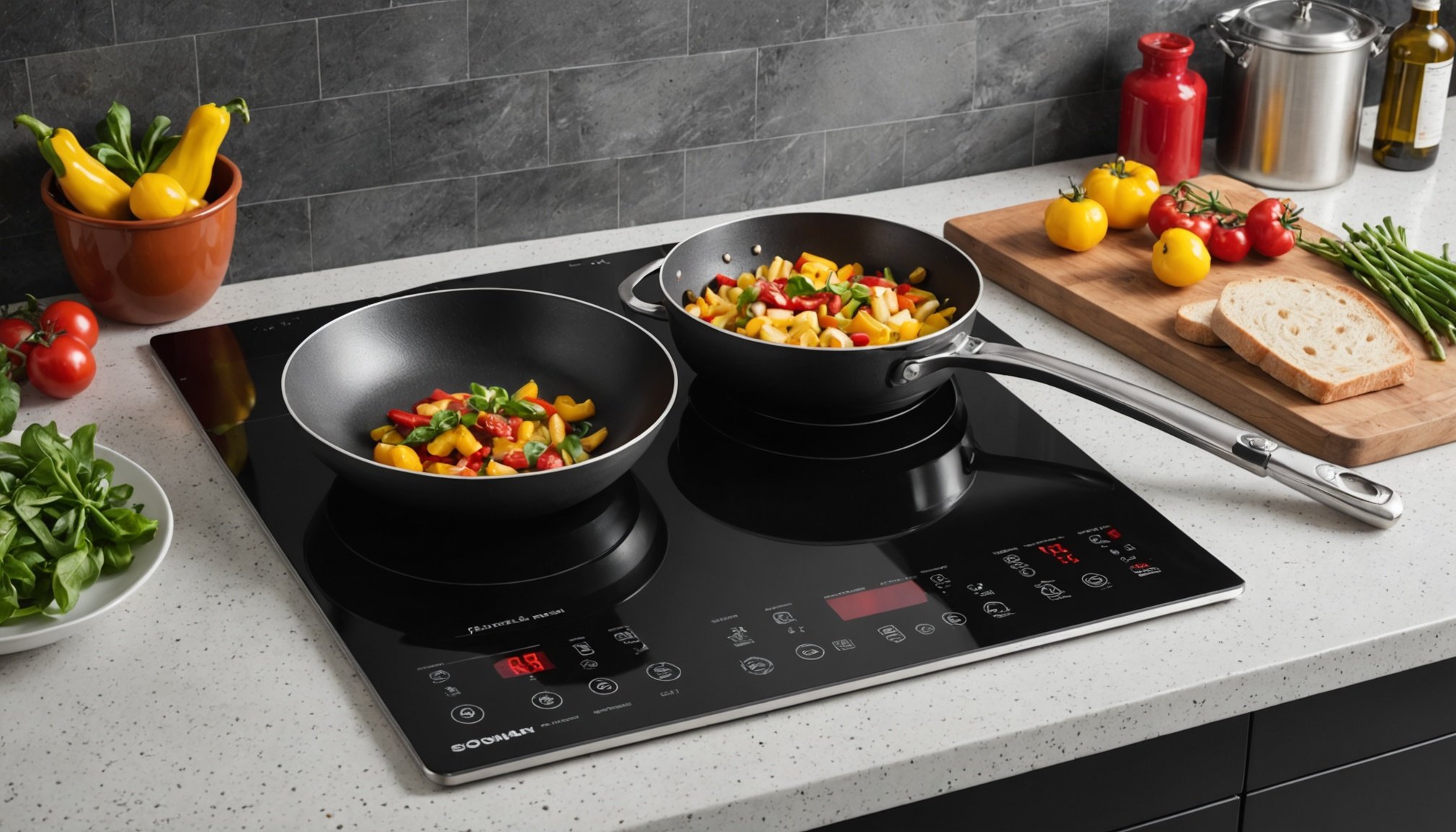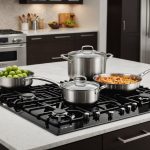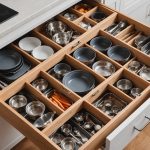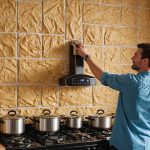Understanding Energy-Efficient Induction Cooktops
Delving into the realm of energy efficiency, induction cooktops represent an innovative shift in modern cooking technology. Induction cooking uses electromagnetic fields to directly heat the pan, ensuring quicker and more consistent temperatures. This method contrasts with traditional cooking techniques, which often result in wasted energy as they heat the cooking surface before transferring heat to the cookware. Induction cooktops offer superior cost savings owing to their efficiency, potentially lowering electricity bills significantly.
The advantages of induction cooking are numerous. Firstly, these cooktops heat faster than conventional gas or electric stoves, allowing for reduced cooking times. Secondly, the cooktop itself remains cool to the touch apart from the area directly under the pan, minimising the risk of burns and ensuring safer usage. Furthermore, induction cooktops provide precise temperature control, enhancing the quality of cooking and reducing the risk of overcooking.
Topic to read : Uncover top heat-resistant fabrics for your ultimate grilling apron experience
When examining energy usage, induction cooktops are generally more efficient than gas and traditional electric models. Studies indicate that induction technology utilizes up to 90% of the energy it draws, compared to just 40% for gas and approximately 74% for standard electric stovetops. Thus, not only does induction cooking excel in energy efficiency, but it also supports a sustainable and eco-friendly lifestyle.
Key Features to Consider
Selecting the right cooktop features is crucial to meeting individual user needs and ensuring excellent performance in any kitchen. Notably, size and design play a pivotal role. The size of the induction cooktop should align with the available kitchen space to enhance harmonization with the overall kitchen layout.
Also to discover : Uncover top heat-resistant fabrics for your ultimate grilling apron experience
Size and Design
Induction cooktops come in various sizes, catering to diverse kitchen dimensions and styles. When planning your kitchen layout, consider both the physical space and the design aesthetic you aim to achieve. The right size ensures seamless integration, optimizing both space and functionality.
Number of Burners
The number of burners on an induction cooktop can significantly impact cooking efficiency. For households with extensive cooking needs, models with more burners offer flexibility and convenience. Conversely, compact models with fewer burners suit smaller kitchens or minimalist cooking habits, ensuring the efficient use of energy and space.
Control Types
Control types are integral to enhancing the user experience. Induction cooktops feature a variety of control options, such as touch-sensitive panels, dials, or knobs. These offer users customized experiences tailored to their preferences, contributing to user satisfaction and efficient cooking performance by providing precise heat adjustments and intuitive interaction.
Energy Ratings and Certifications
In the world of induction cooktops, understanding energy ratings and certifications is crucial for both efficiency and environmental performance. Energy ratings indicate how well a cooktop converts electricity into heat, which directly impacts your electricity consumption and bills. Ratings are typically expressed in stars, with more stars signifying higher efficiency. These indicators are vital for consumers aiming to invest in appliances that will be cost-effective over time.
Certifications like the ENERGY STAR label highlight products that meet stringent efficiency standards. This label helps users identify cooktops that not only save on running costs but also reduce their environmental footprint. Opting for cooktops with such certifications aligns with eco-friendly lifestyle choices, promoting sustainable kitchen practices.
The importance of these energy ratings and certifications cannot be overstated. They serve as a benchmark for consumers, helping them make informed decisions about which cooktops offer the best trade-off between cost savings and environmental impact. As eco-friendly options become increasingly popular, consumers are encouraged to look for these certifications as a parameter of product quality and environmental responsibility. Embracing these energy-efficient technologies contributes to a sustainable future, while ensuring superior cooking experiences.
Brand Comparisons
Choosing the right induction cooktop can be challenging with top brands offering reliability and innovation, while new entrants bring fresh ideas. Established brands like Bosch, Samsung, and Whirlpool are known for their consistent performance and customer satisfaction. They often feature advanced technology and durable design, making them trusted choices for households. These brands ensure user needs are met effectively through comprehensive support services and innovative features.
Established Brands
Reliable brands often provide service networks that enhance the consumer’s ease of mind. Inclusions such as extended warranties and responsive customer support can make a noticeable difference in user experience. Knowing that a brand has a strong reputation and a history of quality can significantly influence purchasing decisions.
Emerging Brands
Meanwhile, emerging brands are enticing the market with competitive pricing and novel product designs. These newcomers frequently integrate digital innovations and eco-friendly solutions. This approach presents a viable option for users seeking modern technologies at a lower cost. Some new brands also focus on personalized features, reflecting changing cooking habits and preferences.
Warranty and Support
Regardless of the brand chosen, considering the warranty and support offerings is crucial. A robust warranty ensures long-term use, protecting your investment, while effective customer support assists in troubleshooting and maintenance, ultimately enhancing reliability and user satisfaction.
Pricing Considerations
When exploring the landscape of induction cooktops, understanding the price range and associated factors is essential. Induction cooktops vary widely in price, ranging from budget-friendly models to high-end options with advanced features. These price differences primarily result from variations in cooktop features, such as the number of burners and control types.
A mid-range induction cooktop with robust warranty support can offer significant cost savings over time by reducing energy consumption and maintenance costs. Investing in a more expensive model might offer enhanced durability and performance, making it worthwhile for frequent cooks.
Factors influencing the price range include brand reputation, additional smart functions, and built-in safety features. Brands known for reliability and warranty support might command higher prices but often deliver peace of mind through extended product life and effective customer service.
To maximize value, consider prioritizing essential features that meet your user needs and suit your cooking habits. For budget-conscious buyers, focusing on fewer burners and simpler control types might be more cost-effective. Additionally, seeking promotions or discounts can also help secure a better deal without compromising on quality. Always balance cost-effectiveness with the long-term benefits of energy-efficient cooking.
Cooking Performance and User Experience
Exploring the cooking performance of induction cooktops reveals their superiority in several areas, primarily heat distribution and cooking speed. Induction technology allows for precise and consistent heat control, ensuring fast boil times and evenly cooked meals. This efficiency is particularly beneficial when preparing dishes requiring careful temperature management, as it prevents overcooking and improves overall user satisfaction.
Heat Distribution and Cooking Speed
Induction cooktops excel in distributing heat uniformly across cookware surfaces, thanks to the electromagnetic method. This ensures that all parts of the pan receive the same amount of heat, minimizing cold spots and promoting even cooking. As a result, induction cooktops can often reduce cooking times compared to traditional methods, providing a quicker meal preparation experience.
Safety Features
The safety features of induction cooktops are a significant advantage. These appliances remain cool apart from the pan direct contact area, reducing the risk of burns. Additionally, automatic shut-off mechanisms enhance safety by turning the cooktop off when the cookware is removed, addressing the concerns regarding accidental activations.
Ease of Use and Maintenance
Induction cooktops are also praised for their ease of use and maintenance. The flat, smooth surface is easy to clean, as spills do not burn onto the surface due to the lack of residual heat. This simplicity and convenience contribute significantly to positive user experiences.
Installation and Space Considerations
Exploring the installation process is crucial when integrating induction cooktops into your kitchen. Proper installation ensures optimal performance and safety. Understanding your kitchen layout can significantly impact how well the cooktop fits and functions within your space. For effective space optimization, consider the dimensions and positioning carefully, focusing on access to power sources and workflow efficiency.
Guidelines for Proper Installation
To install an induction cooktop successfully, follow these key considerations:
- Ensure the cooktop location supports adequate ventilation.
- Verify surface stability and choose heat-resistant countertops.
- Confirm clearance from combustible materials to prevent hazards.
Considerations for Kitchen Layout
A well-thought-out kitchen layout complements your cooking habits and enhances functionality. Positioning the induction cooktop to allow ample prep space on either side is beneficial. Also, maintaining proximity to essential kitchen zones, such as the sink or refrigerator, supports efficient meal preparation.
Advice on Electrical Requirements
Induction cooktops typically require specific electrical considerations. They often need a dedicated circuit due to their high energy demand. Consulting an electrician for proper wiring and breaker size is advisable, ensuring compatibility and safety. Always adhere to manufacturer guidelines to avoid electrical issues and to optimize the performance of your induction cooktop.
User Reviews and Expert Opinions
Feedback from customer reviews and expert analysis often provides valuable insights into the practicality and performance of induction cooktops. Understanding user satisfaction can help guide potential buyers.
Highlighting Positive Experiences
Many users praise induction cooktops for their cooking performance. Fast heat-up times and precise temperature control enhance the cooking experience, resulting in well-prepared meals. Customer reviews highlight the energy efficiency and cost savings by reducing electricity bills over time. Moreover, the ease of cleaning is frequently applauded due to the smooth surface that prevents spilled food from burning onto the cooktop.
Addressing Common Concerns
While generally positive, some users express concerns regarding compatibility with certain cookware types, as only specific ferrous materials work effectively with induction. Additionally, users may need to adapt to the fast heating capabilities, which can lead to initial challenges in temperature management.
Summary of Expert Recommendations
Expert opinions often recommend induction cooktops for households seeking energy efficiency and modern technology. They highlight the importance of selecting models that fit user needs and emphasize the benefit of quick cooking times. Satisfaction ratings usually indicate high approval, albeit with a learning curve for new users. Experts suggest checking cookware compatibility to ensure optimal performance.
